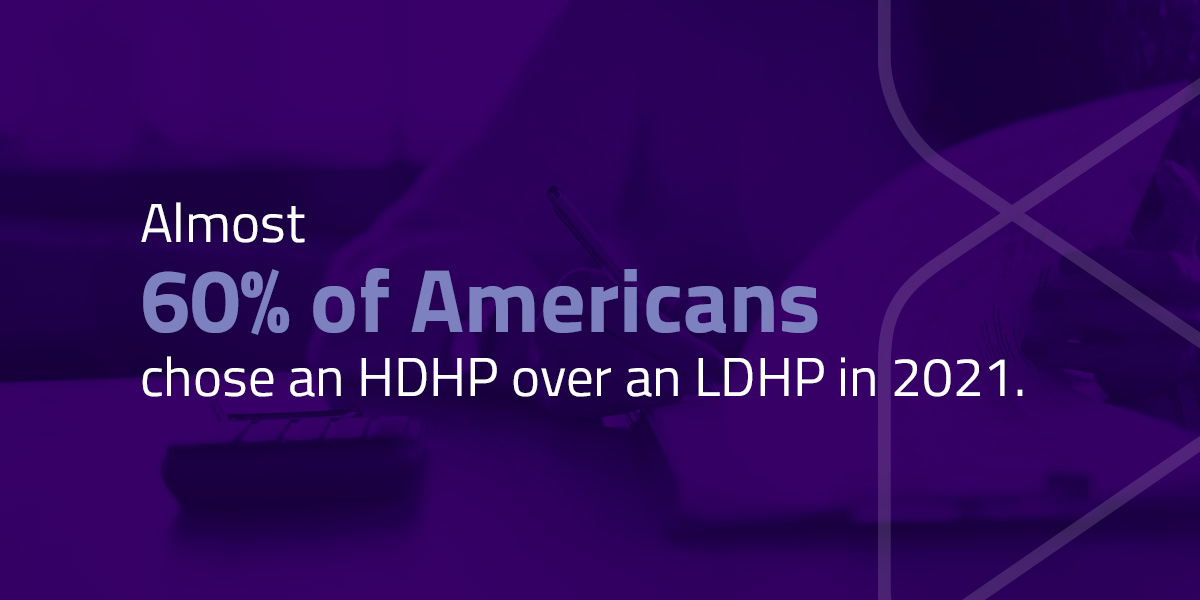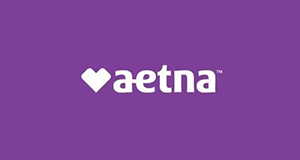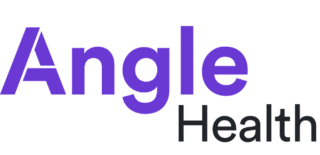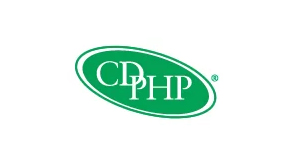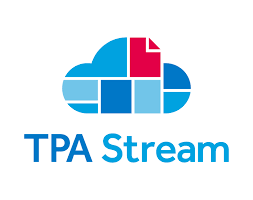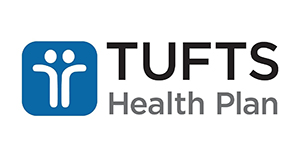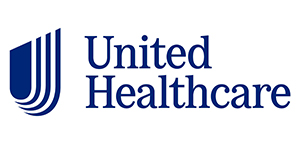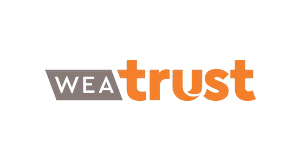
High vs. Low Deductible Health Plans: How to Choose
Table of Contents
Choosing the right health insurance plan can be overwhelming. We get it — that's why we created this quick guide to high deductible vs. low deductible health plans.
The Difference Between High and Low Deductible Health Insurance
Let's break down some key terms before we really dive in:
- Deductible: What you pay for covered medical services before your benefits kick in
- Premium: Your monthly payment to your insurance provider
- Coinsurance: The percentage of the cost you pay for covered services after paying your deductible
- Copayment: The fixed fee you pay your provider for covered medical services
- Health savings account (HSA): A tax-advantaged savings account you can use to save for future expenses
A high deductible health plan (HDHP) balances low monthly premiums with high deductibles. According to the IRS, a health plan qualifies as an HDHP if the deductible is at least:
- $1,500 for individuals
- $3,000 for families
You can usually combine an HDHP with an HSA. That's why HDHPs are also often called HSA-eligible plans. An HSA allows you to save for future medical expenses and gain some tax advantages, including:
- Tax-deductible contributions: When you add to your HSA funds, you can deduct your contributions from your gross income.
- Tax-deferred interest: The interest you earn on your HSA funds is tax-free as long as you use it for eligible expenses.
- Tax-free withdrawal: You can use your HSA funds for qualifying expenses without having to pay any tax.
Low deductible health plans (LDHP) come with lower deductibles and higher monthly fees. They're also usually incompatible with HSAs. According to the IRS, any plan that has deductibles lower than an HDHP is an LDHP.
Pros and Cons of High vs. Low Deductible Health Insurance
Each type of plan has its advantages and drawbacks. Let's compare the two.
High Deductible Plans
Almost 60% of Americans chose an HDHP over an LDHP in 2021. Some of the reasons why include:
- Lower monthly premiums: Thanks to the higher deductible, you pay less month to month with an HDHP.
- Preventive care coverage: HDHPs cover preventive care — like checkups and vaccinations — before you reach your deductible.
- Limits on out-of-pocket costs: Each plan sets a limit on the amount you have to pay each year before your benefits take over.
- HSA compatibility: You can often save even more money by pairing your HDHP with an HSA.
Of course, these advantages come with drawbacks. For one thing, you'll pay more for services before your benefits kick in. Because you pay less per month, you'll have to pay more out-of-pocket for services to balance the costs. So, if you see your doctor often, a low deductible plan may be the better option for you.
Low Deductible Plans
Some of the pros of an LDHP are:
- Lower deductible: Your insurance takes over sooner with an LDHP, so you pay less out-of-pocket.
- Immediate coverage: Your plan covers expenses as soon as you need them, so you can pay less.
- More predictable expenses: With a lower deductible, you can fit your expenses into your monthly budget easier.
The lower deductible comes with higher premiums, which is the main drawback of LDHPs. If you're in good health and you rarely need medical treatment, you're more likely to save money with an HDHP.
Do You Want a High or Low Deductible for Health Insurance?
First, you'll need to carefully consider your health, financial circumstances and risk tolerance. What makes the most sense for your current situation? What disadvantages are you willing to deal with to get coverage?
For example, an LDHP means you'll pay less on a prescription for asthma medication. It also means you'll pay your insurance provider more each month. While an HDHP has lower monthly fees, you'll have to pay more for unpredictable expenses. That's where HSA funds can come in handy — you can prepare for emergencies in advance.
Ask yourself these questions to determine which type of plan would work better for you.
1. What Is Your Budget?
First, you need to consider how your health fits into your everyday budget. Can you afford to pay out of pocket if you need emergency treatment? Are you willing to pay more per month to save on routine care?
An HDHP is better for healthy people with the financial stability to pay for sudden medical expenses. Otherwise, the predictability of an LDHP can make it easier to stick to your budget each month.
2. What Are Your Health Needs?
Ask yourself what level of care you need. For example, do you have any chronic conditions you need prescriptions for? Do you see your health care providers often?
Here's how these questions align with each type of plan:
- LDHP: If you need a higher level of care, an LDHP can help you save more money in the long term by lowering your deductible.
- HDHP: If you only see your medical providers for routine preventive care, an HDHP can help you save more with lower premiums.
3. What Is Your Risk Tolerance?
Consider how comfortable you are with paying higher out-of-pocket costs for medical services.
With an HDHP, it can be challenging to predict how much you'll need to pay when you need care. That's why a high deductible plan works better for those who can handle taking on greater financial risk.
A low deductible plan comes with lower financial risk, though you'll pay more each month for coverage. If you rarely need medical treatments, you may end up paying more than necessary with an LDHP.
4. What Are Your HSA Needs?
A high deductible health plan is typically compatible with an HSA — which means you can prepare for qualifying medical costs you might face in the future. Because you'll be paying a lower monthly premium, you can contribute more to your HSA. Plus, you can use these funds tax-free if you do need to cover medical costs.
Using an HSA to prepare for possible emergency medical costs is smart for people who are healthy. If you don't need much medical treatment, an HDHP-HSA combination might be a good option.
Build a Cost-Effective Health Care Plan With The Difference Card
At The Difference Card, we strive to help employers provide accessible, cost-effective health care benefits to their employees. Our customized programs help employers control costs and build health care plans that meet their unique needs.
We've been saving our clients a net average of 18% on health insurance since 2001 — and these savings come without the sacrifice of employee benefits. Contact us at The Difference Card to learn more about choosing between high and low deductible insurance plans.

